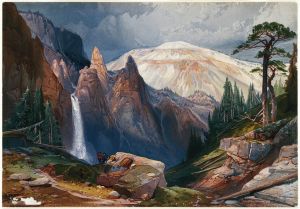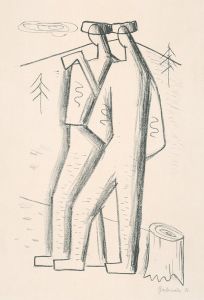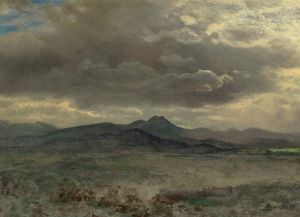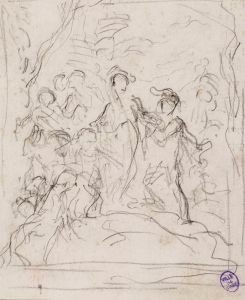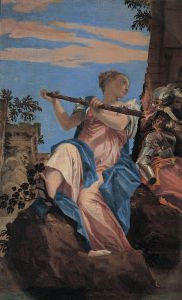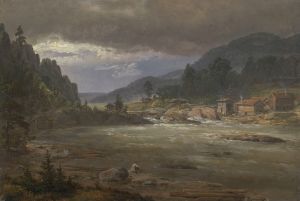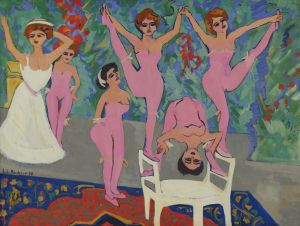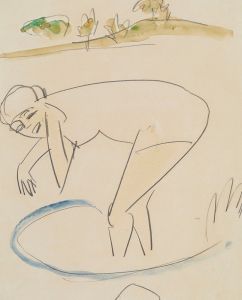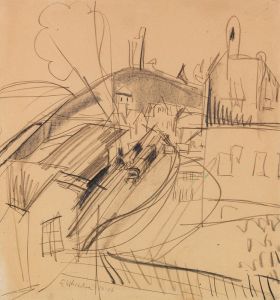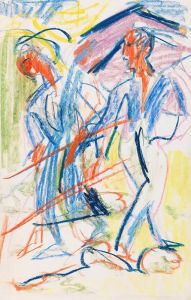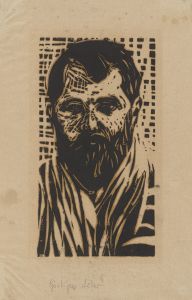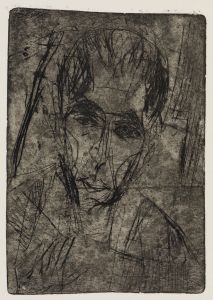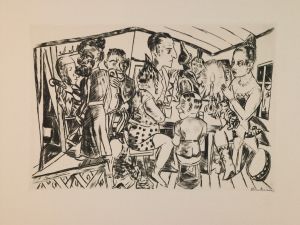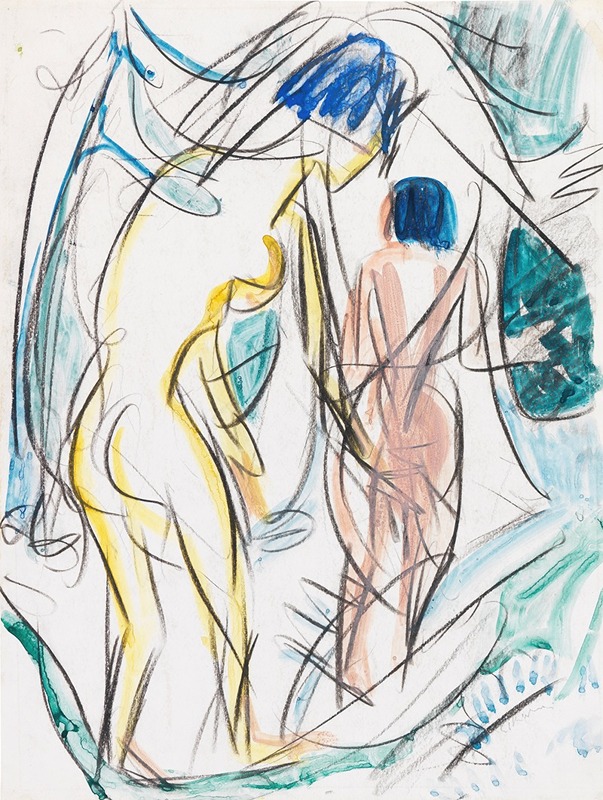
Zwei Akte im Walde
A hand-painted replica of Ernst Ludwig Kirchner’s masterpiece Zwei Akte im Walde, meticulously crafted by professional artists to capture the true essence of the original. Each piece is created with museum-quality canvas and rare mineral pigments, carefully painted by experienced artists with delicate brushstrokes and rich, layered colors to perfectly recreate the texture of the original artwork. Unlike machine-printed reproductions, this hand-painted version brings the painting to life, infused with the artist’s emotions and skill in every stroke. Whether for personal collection or home decoration, it instantly elevates the artistic atmosphere of any space.
Ernst Ludwig Kirchner's painting Zwei Akte im Walde (translated as Two Nudes in the Forest) is a work by the German Expressionist artist, created in 1912. Kirchner was a founding member of the influential art movement Die Brücke (The Bridge), which sought to break away from traditional academic art and embrace a more raw, emotional, and modern approach to artistic expression. This painting exemplifies many of the characteristics associated with Kirchner's work and the broader Expressionist movement.
The composition of Zwei Akte im Walde features two nude female figures situated in a forested landscape. The figures are rendered in Kirchner's distinctive style, characterized by bold, angular forms and vibrant, non-naturalistic colors. The forest setting is depicted with dynamic, almost abstract shapes, emphasizing the emotional and psychological resonance of the scene rather than aiming for realistic representation. The interplay between the figures and their environment reflects Kirchner's interest in the harmony between humans and nature, a recurring theme in his work.
Kirchner's use of nudes in natural settings was influenced by his belief in a return to a more primal, unrestrained way of life, free from the constraints of industrialized society. This idea was central to the ethos of Die Brücke, whose members often depicted scenes of leisure, nudity, and connection with nature as a form of rebellion against the rigid norms of early 20th-century bourgeois culture. The painting also reflects the influence of non-European art, particularly African and Oceanic art, which Kirchner and his contemporaries admired for its perceived authenticity and vitality.
Zwei Akte im Walde was created during a particularly productive period in Kirchner's career, shortly after he moved to Berlin in 1911. This period saw the artist experimenting with increasingly bold compositions and techniques, as well as grappling with the rapid urbanization and social changes of the time. While the painting itself focuses on a natural setting, it can be seen as part of Kirchner's broader exploration of the tensions between modernity and a more instinctual, unspoiled way of life.
The painting is now held in a private collection, and its exhibition history includes appearances in several retrospectives of Kirchner's work. It is considered an important example of his early Expressionist style and his contributions to modern art.





